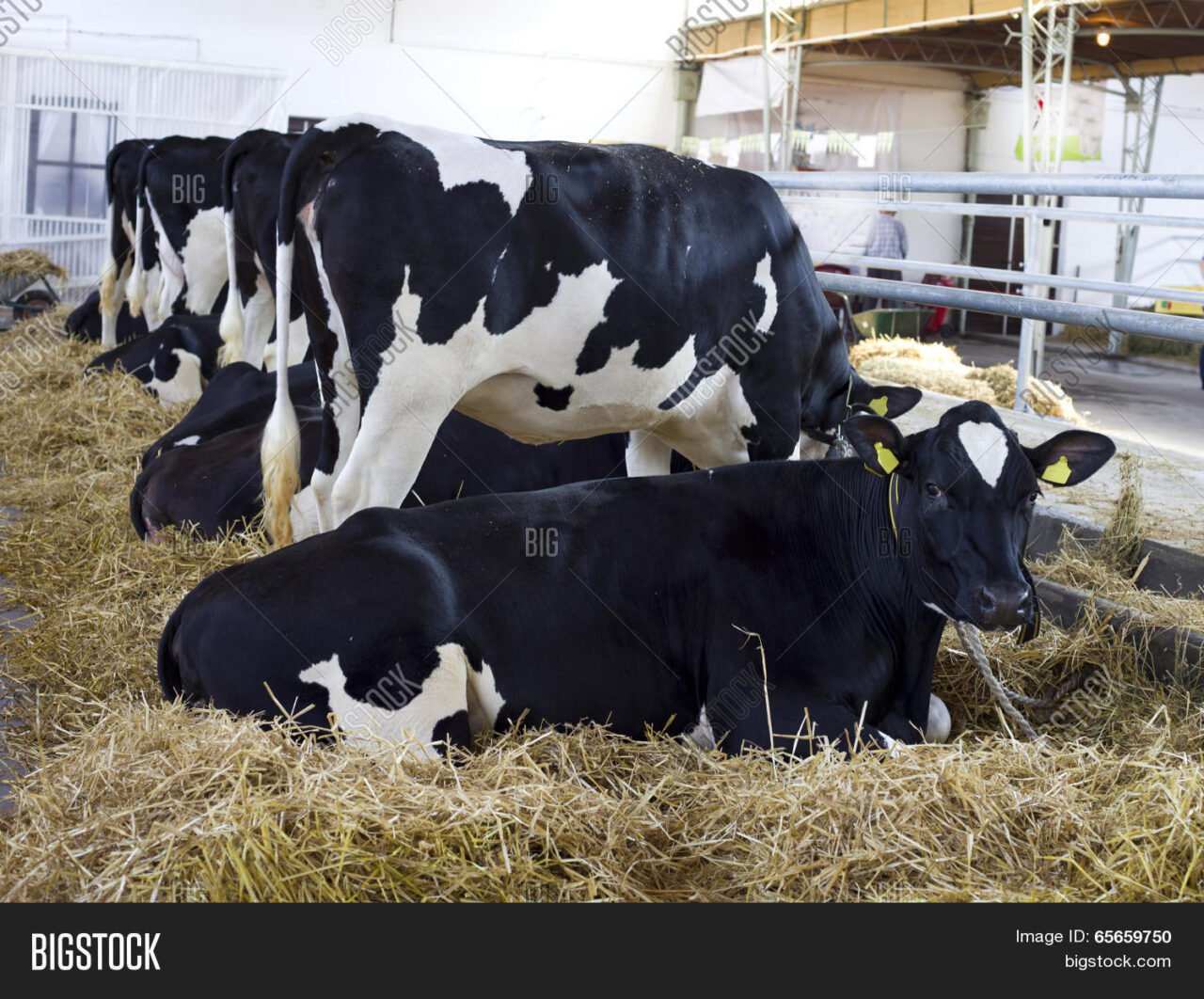Why farmers should consider Friesian cows
By Clifford Akumu
Dairy farming is still arguably one of the most lucrative enterprises in the country, if it is properly done.
Kenya has over a million small-scale dairy farmers keeping more than 70 per cent of the 3.5 million dairy cattle and producing about 4.2 billion litres of milk a year.
The dairy industry earns farmers Ksh100 billion annually from milk sales, and employs 350,000 people at farm level and over 400,000 people in related activities in the informal sector.
Use of cow manure to boost crop production is also gaining popularity. There is also the production of biogas for energy generation to light up the home and cook.
In Kenya, there are 10 dairy cattle breeds, with five of these used for only milk. The other five breeds are for dual or triple purposes, — milk, drought and beef.
Despite the benefits from dairy farming, few smallholders know how to choose breeds for greater profits. Let us take the Fresian, for example. How farmers know they can benefit from keeping it?
Fresian Cow
The Fresian/Holstein breed was originally developed in the northern part of the Netherlands in the province of Friesland and Northern Germany.
According to the National Farmers Information Service developed by the National Agriculture and Livestock Extension Programme (NALEP) to enable farmers to get extension information, Fresians have the following characteristics:
- Body colour is black and white;
- Milk production is high;
- Body size is large (500-550kg);
- Feed requirement is very high;
- Meat production is also high;
- The milk has low butter/fat content;
- Average live-weight is 600kg;
- They are very sensitive to management;
- They are important for both dairy and beef production (they are dual purpose)
Although it can produce 40-60 litres of milk a day, its production will depend on the level of feeding and other management practices.
However, Fresians also have some challenges:
- They require high volumes of feed (90-110kg fresh forage day), susceptible to diseases, and milk fever;
- Susceptible to high temperatures;
- Require large amounts of water (minimum 60 litres a day, more for heavy yielders)
Fresian cows are a great choice to raise commercially, especially in the Kenyan highlands and cooler parts such as central areas of the Rift Valley, including Nakuru, Laikipia, Naivasha and Kitale.
Farmers can obtain this breed from Manera Farm (Delamere Estates), the University of Nairobi, Kabete, Kalro-Naivasha, Kisima farm in Njoro, Agricultural Development Corporation (ADC), Katuke Complex, Kitale and Gichecha farm in Ruiru.
To reap the most out of this breed, farmers need to uphold good agronomic practices.
Kenya is not self-sufficient in milk production due to rising consumption fuelled by growing incomes and urbanisation. It imports about 120 million litres from the East African Community (EAC) member states and 2 million litres from non-EAC members annually.
Low productivity has been attributed to poor management, especially inadequate feeding, poor health management and poor breeding management that lead to long calving intervals.
Mr Isaac Kamau, a dairy feed consultant says that quality feeds are crucial in milk production.
A major concern for farmers should be on fodder treatment right from planting, harvesting, conserving and storage.
“When cows are fed with bad feeds, the milk produced will be contaminated; hence, leading to diseases such as cancer,” he adds.
Besides good feeding programmes, dairy cows need proper housing, which protects them from extreme heat and direct sunshine.
Below are several methods of keeping the dairy animals:
- Zero grazing: Animals are housed and farmers bring all the feed and water to them. Zero grazing results in higher milk yields per cow (15-30 litres);
- Semi zero-grazing: the animals are confined but released to graze for a few hours per day;
Open range: Animals graze in open fields throughout the day and are given water and minerals in the grazing field.



